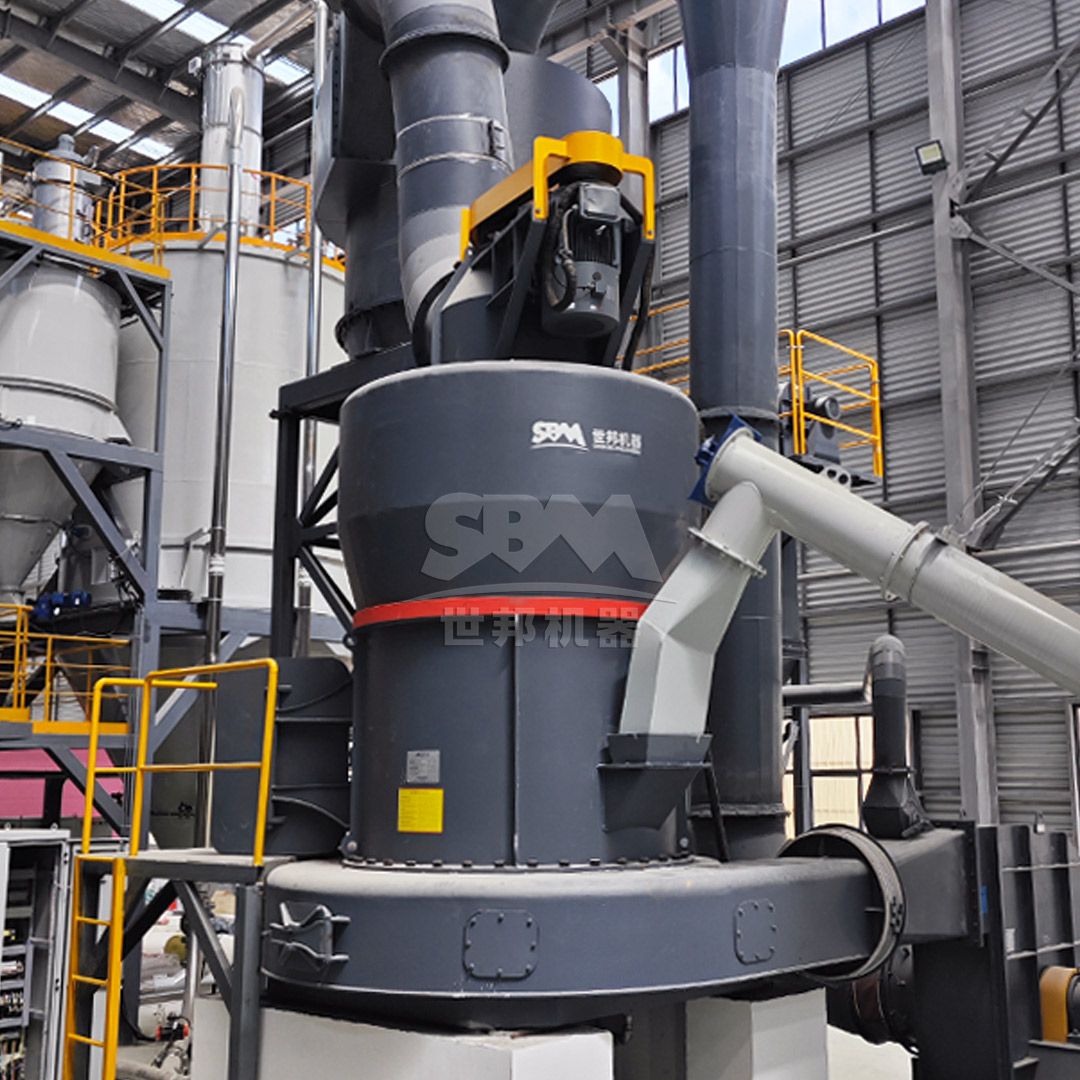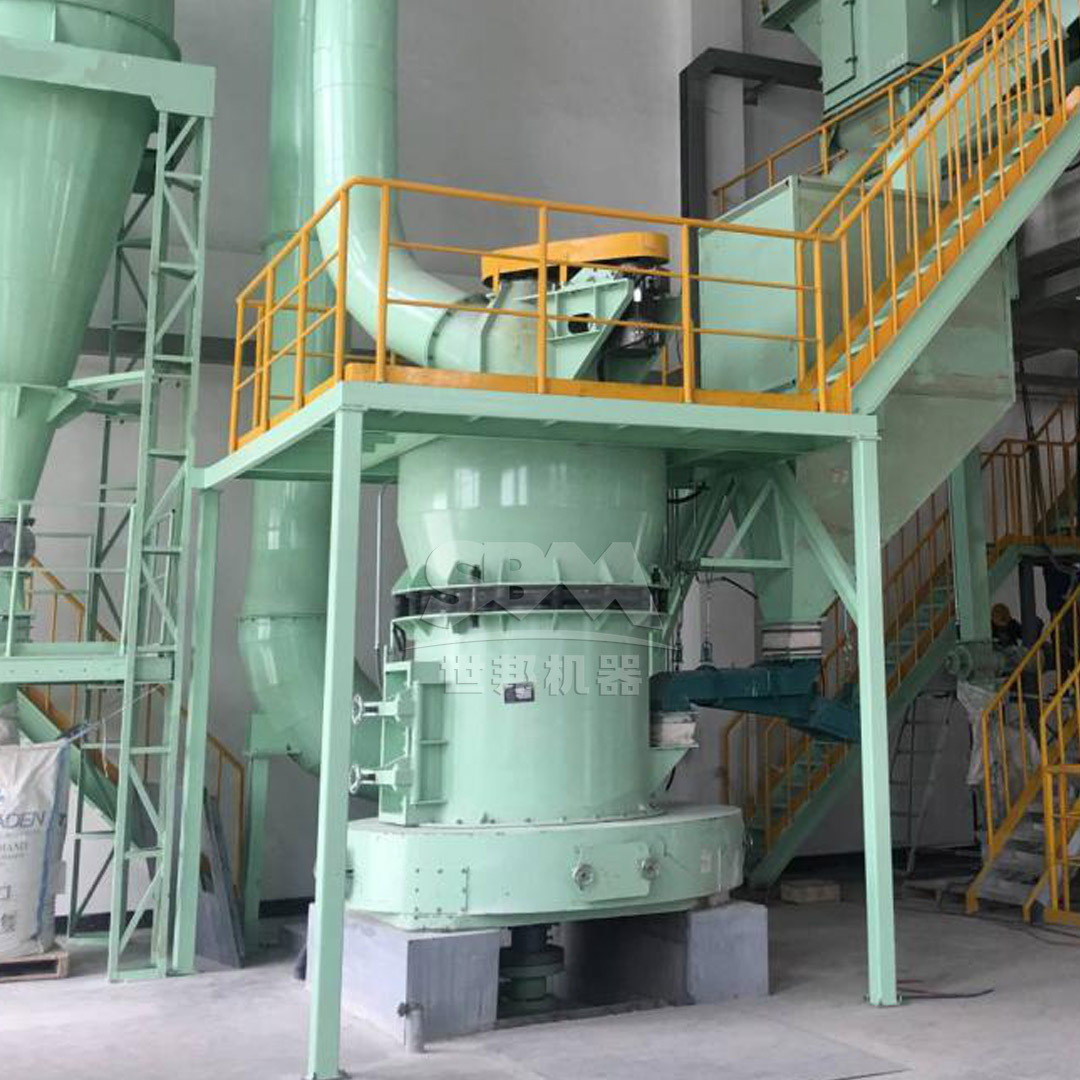Dolomite, a calcium magnesium carbonate mineral, has become increasingly important in various industrial applications due to its unique properties. From construction materials to agricultural supplements and environmental remediation, the demand for high-quality dolomite powder continues to grow. However, traditional grinding methods often fall short in meeting both production efficiency and environmental protection standards. This article explores how modern dolomite powder grinding technology serves as a crucial solution for environmental protection while maintaining superior product quality.

Traditional dolomite processing methods present significant environmental challenges that cannot be overlooked. Conventional grinding equipment often generates excessive dust emissions, contributing to air pollution and posing health risks to workers. The high energy consumption of outdated machinery results in substantial carbon footprints, while inefficient noise control measures create noise pollution in surrounding communities. Additionally, water contamination from wet grinding processes and land degradation from improper waste disposal further compound these environmental concerns.
One of the most critical environmental issues in dolomite processing is dust control. Traditional mills release substantial amounts of fine particles into the atmosphere, affecting both air quality and workplace safety. Modern grinding solutions address this challenge through advanced dust collection systems that capture over 99.9% of particulate matter, ensuring compliance with international environmental standards.
The energy intensity of dolomite grinding operations represents another significant environmental concern. Older equipment typically consumes excessive electricity, contributing to higher greenhouse gas emissions. Contemporary grinding technology focuses on optimizing energy usage through intelligent control systems and efficient mechanical designs, reducing overall environmental impact.
The development of advanced grinding technology has revolutionized dolomite processing, offering solutions that prioritize environmental protection without compromising production efficiency. Modern grinding mills incorporate several key features specifically designed to minimize environmental impact while maximizing performance.
State-of-the-art pulse dust collection technology represents a significant advancement in environmental protection. These systems utilize high-efficiency filter materials and automated cleaning mechanisms to maintain optimal performance while minimizing energy consumption. The integration of smart monitoring systems ensures continuous compliance with emission standards, providing real-time data on dust concentration levels.
Modern grinding equipment incorporates multiple energy-saving features that significantly reduce power consumption. Advanced motor designs, optimized transmission systems, and intelligent control algorithms work together to minimize energy waste. Some systems even recover and reuse waste heat, further enhancing overall energy efficiency.

For operations requiring high-quality dolomite powder with minimal environmental impact, we strongly recommend our SCM Ultrafine Mill. This advanced grinding system represents the pinnacle of environmental-friendly dolomite processing technology, combining superior performance with exceptional ecological benefits.
The SCM Ultrafine Mill incorporates multiple environmental protection features that set new standards in sustainable mineral processing:
| Model | Processing Capacity (ton/h) | Main Motor Power (kW) | Output Fineness (mesh) | Input Size (mm) |
|---|---|---|---|---|
| SCM800 | 0.5-4.5 | 75 | 325-2500 | ≤20 |
| SCM900 | 0.8-6.5 | 90 | 325-2500 | ≤20 |
| SCM1000 | 1.0-8.5 | 132 | 325-2500 | ≤20 |
| SCM1250 | 2.5-14 | 185 | 325-2500 | ≤20 |
| SCM1680 | 5.0-25 | 315 | 325-2500 | ≤20 |
The SCM Ultrafine Mill operates through a sophisticated grinding mechanism where the main motor drives three-layer grinding rings to rotate. Material is dispersed into the grinding path by centrifugal force and undergoes progressive grinding through roller compression. The final powder collection is accomplished by a cyclone collector and pulse dust removal system, ensuring complete environmental protection throughout the process.
For operations requiring different capacity ranges or processing parameters, our MTW Series Trapezium Mill offers an excellent alternative with comparable environmental benefits. This European-style grinding mill combines robust construction with advanced environmental protection features.
| Model | Processing Capacity (ton/h) | Main Motor Power (kW) | Output Fineness (mesh) | Input Size (mm) |
|---|---|---|---|---|
| MTW110 | 3-9 | 55 | 30-325 | ≤30 |
| MTW138Z | 6-17 | 90 | 30-325 | ≤35 |
| MTW175G | 9.5-25 | 160 | 30-325 | ≤40 |
| MTW215G | 15-45 | 280 | 30-325 | ≤50 |
Modern dolomite grinding mills are designed to meet or exceed international environmental standards. Our equipment complies with strict emission regulations including ISO 14001 environmental management standards and local air quality requirements. Regular environmental impact assessments demonstrate the effectiveness of these systems in minimizing ecological footprint.
Independent testing has confirmed that our advanced grinding systems maintain dust emission levels below 20mg/m³, significantly better than the requirements of most international environmental regulations. The integrated dust collection systems achieve filtration efficiency exceeding 99.9%, ensuring clean operation in even the most environmentally sensitive areas.

Investing in advanced, environmentally friendly grinding technology offers significant economic advantages beyond environmental protection. The reduced energy consumption translates to substantial cost savings over the equipment’s lifetime, while minimized maintenance requirements lower operational expenses. Additionally, compliance with environmental regulations avoids potential fines and operational disruptions, while enhanced workplace safety reduces liability costs.
Comprehensive lifecycle cost analysis demonstrates that modern environmentally friendly grinding systems typically achieve return on investment within 2-3 years through energy savings alone. When factoring in reduced maintenance costs, extended equipment life, and regulatory compliance benefits, the economic advantage becomes even more compelling.
The future of dolomite processing continues to evolve toward greater sustainability and environmental responsibility. Emerging trends include the integration of renewable energy sources, advanced material recycling systems, and artificial intelligence for optimized environmental performance. The development of closed-loop processing systems that minimize waste generation represents another promising direction for the industry.
Advanced sensor technology and IoT connectivity enable real-time monitoring of environmental parameters, allowing for proactive management of emissions and energy consumption. Smart control systems automatically optimize grinding parameters to minimize environmental impact while maintaining product quality, representing the next frontier in sustainable mineral processing.
The transition to environmentally friendly dolomite powder grinding technology represents both an ecological imperative and a strategic business decision. Modern grinding mills like our SCM Ultrafine Mill and MTW Series Trapezium Mill demonstrate that superior environmental performance can coexist with excellent production efficiency and product quality. By adopting these advanced technologies, dolomite processors can significantly reduce their environmental footprint while enhancing operational profitability and ensuring regulatory compliance. As environmental standards continue to tighten worldwide, investment in sustainable grinding technology becomes increasingly essential for long-term business success and environmental stewardship.